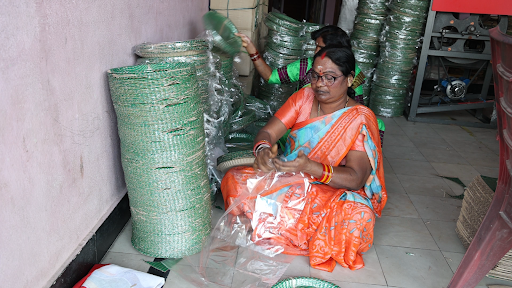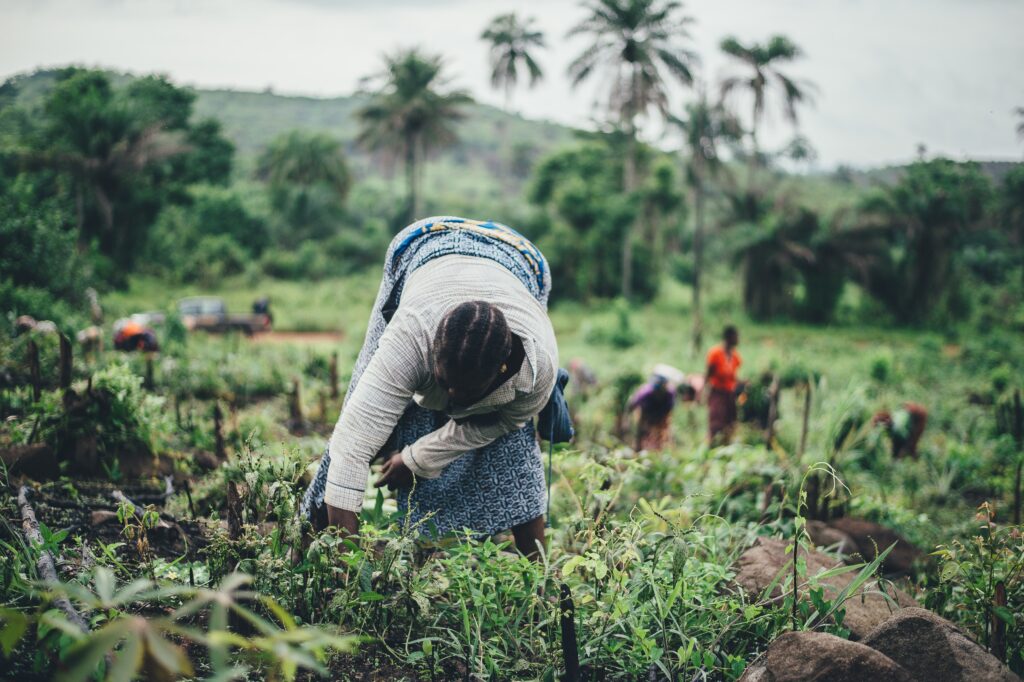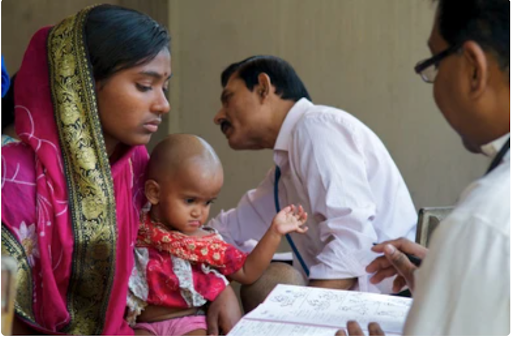In 1950, when the Indian constitution came into force, the caste system – which had been prevalent for centuries – was officially abolished. Yet, even seventy three years after this, caste structures are deeply embedded in society (NSS 2004-05) , with gaps between scheduled castes (SC) and other castes being evident even today. This evidence is visible when looking at indicators such as education, health, land ownership and average wages. To address these gaps, it is imperative that economic and social policies influence the root causes of these inequities.
CLIENT BRIEF
To address these gaps, the government in a southern state of India piloted a scheme under which each SC family in a particular constituency would receive capital aid of INR 10,00,000 to initiate an income-generating activity of their choice. This amount could be used to establish a business, procure tools and equipment or engage in any other income-generating venture.
Sattva was engaged to conduct a field study for an administrative body of the district, to establish an understanding of the perspectives of the new entrepreneurs towards the scheme.
SATTVA’S APPROACH
Sattva conducted a descriptive cross-sectional study to assess whether the intervention worked as expected to achieve its objectives. This study used a mixed methods approach where both qualitative and quantitative research methods were used to study the impact of the scheme from the perspective of the new entrepreneurs. This was done by collecting and assessing data from a representative population of the beneficiaries and a small sample of government stakeholders. Government stakeholders were included to understand the implementation process of the scheme and its key challenges.
|
Stakeholders |
Data Collection tool |
Sample Achieved |
|
Newly Turned Entrepreneurs |
Survey |
750 |
|
In Depth Interview (Video) |
70 |
|
Government Stakeholders – the District Collector, the Additional District Collector, the Executive Director – Dist. Scheduled Caste Service Coop |
In Depth Interview |
7 |
People and Expertise
This project was spearheaded by Akanksha Agarwal, Senior Engagement Manager, who was supported by the multi-skilled members of Sattva’s Foundations business unit.
Beneficiary Profile:
- Geography covered: The study was conducted in six blocks or mandals of the district in focus.
- Total sample size for the study: 820
- Scale of the programme: 18000 recipients of the scheme
- Relevant demographic markers – age, gender, tribal/PWD/underserved communities
According to SECC 2011 (Socio Economic and Caste Census), the monthly income of the highest earning member in an SC household in the focus district was less than INR 5000 for 85% of households. This income range is attributable to low-income generating and informal jobs in the labour market, in which the Dalit population has been primarily engaged. The household income range of the beneficiaries before the implementation of this scheme exhibits a similar analysis. 69% of beneficiary families have a monthly household income in the range of INR 0-10000. The beneficiaries were predominantly involved in low-income occupations such as casual labour (56%), agriculture (14%), driving (10%) and factory work (1%).
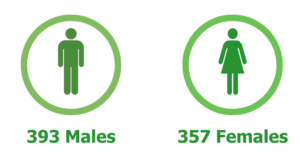


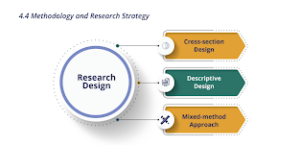
A descriptive cross-sectional study was conducted that used a mixed-method data collection approach. Both qualitative and quantitative tools focused on collecting data on aspects of the increase in income, savings, profit, improvement in access to education and health facilities, shift in perception about dignity in society and the manner in which the grant was utilised by the beneficiaries within their specific sector. These factors were chosen based on studying the evidence generated through evaluation studies on Direct Cash Transfer Schemes. The focus of the tools was to capture both individual-level as well as household-level outcomes.
KEY TAKEAWAYS
- INR 1,800 Cr funds were disbursed under this scheme in one district
- 67% of the beneficiaries reported an average monthly profit of INR 25,000
- 61% reduction in beneficiaries engaged in casual labour
- 44% decrease in number of beneficiaries who needed to borrow money
- 86% of beneficiaries felt financially independent because of this scheme
- 32% beneficiaries earning less than INR 10,000 increased their incomes to earn more than INR 30,000
- 96% of beneficiaries reported feeling more dignified
- 96% of beneficiaries were able to access quality healthcare services
- 79% of beneficiaries reported being treated better by other community members
- 93% of beneficiaries claimed that the scheme enhanced their decision-making abilities
- 27% of beneficiaries expressed that they had improved access to quality educational opportunities for their children, after benefitting from the scheme.
PROJECT DELIVERABLES
Sattva’s report was released to the public by the district’s Collector. 75 success story videos were submitted to the client (the district administration). It helped the state collate the stories of beneficiaries and provided a qualitative data analysis on the impact of the scheme.
IMPACT
The project focused on a scheme that provides access to capital to Dalit households, to support the initiation of their own business ventures. This has been done to enable asset formation amongst Dalits, to increase their income levels and empower them to live a life of choice and dignity. In the chosen district, this scheme was piloted through a saturation model and an amount of INR 1,800 Cr was distributed to 18000 families.
The key impact of the scheme on the beneficiaries includes:
- Improvement in household income
- Improvement in household well-being indicators
- Enhanced self-respect and dignity
- More aspirational outlook to quality of life.
VOICES FROM THE GROUND
- “Earlier, beneficiaries could only do third-party transfers from certain accounts that were first approved by the local authorities. They could not withdraw their money and use it for other purposes. The one thing that has made the scheme successful is that the beneficiaries can now use the amount for entrepreneurial activities without any intermediaries. The government is providing full support to empower the oppressed and bring them to the same level as other communities. All the beneficiaries of this scheme showcase that a worker is capable of becoming an owner himself/herself.” – IAS District Collector
- “Dalit communities for long have been perceived to be labourers in various sectors. However, this scheme has made them owners in various fields – be it agriculture, manufacturing or trade. This has not only increased their disposable income, but their confidence, willpower and dignity as well. The initiative can be easily replicated in other states as there is no loan element attached to it.” –IAS Additional Collector
- “We used to borrow money very frequently to fulfil our basic needs. Because of this scheme, we started our own business and now we are in a position to lend money and not borrow from others. We are now leading a happier life.” – Scheme beneficiary
- “Before I opened this business, I used to take an advance salary from the office or borrow money from others to get hospital treatment, but now I am getting a decent income from this business to spend on healthcare.” – Scheme beneficiary
